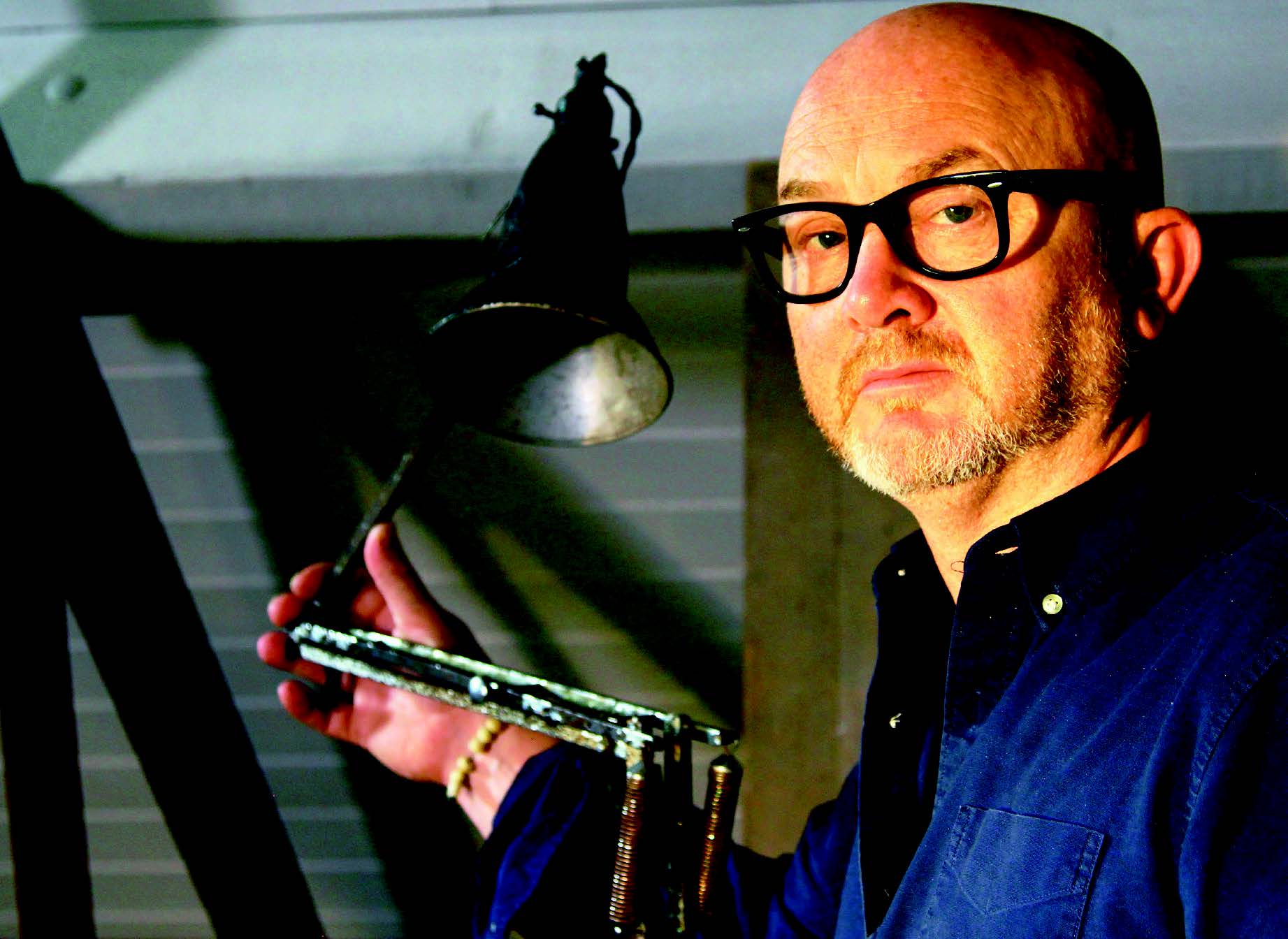Antiques Trade Talks – Drew Pritchard
 Antique dealer and TV regular Drew Pritchard’s new show Salvage Hunters: Design Classics is available now on Discovery+. We caught up with Drew to quiz him about his career and find out what turns a design into an evergreen classic.
Antique dealer and TV regular Drew Pritchard’s new show Salvage Hunters: Design Classics is available now on Discovery+. We caught up with Drew to quiz him about his career and find out what turns a design into an evergreen classic.
What makes a design classic?
It has to be something that transcends tastes and styles. Take the Anglepoise lamp, for example, of which I am particularly fond. It is incredibly simple but very clever at the same time. It might date from the 1920s but still works today.
The same could be said of an Eames lounger, or Howard furniture from the early 20th century. They both have a purity of design that shows the designer has thought outside the box.
Can you teach ‘having an eye’?

I sometimes say “my eye is all I’ve got” but it’s enough to keep me being successful. My dad had an incredible eye, as does my brother and son, so maybe it is something that can be inherited.
I think you can teach it up to 80 per cent, but that last, all-important 20 per cent is just inherent. I also have friends with incredibly good taste, which helps. I am very picky about what I buy. It has to be the best quality, it has to be original, and be able to stand alone – then there’s the extra 10 per cent. It has to be better, different, the best colour, height, materials, patina. It’s that 10 per cent that keeps me where I am.
How did you start in the business?
As a stained glass restorer in 1986, pulling doors out of architectural antique dealers’ vans and restoring them. I went self-employed years ago and have been ever since. Over the years I have had some incredible finds, but the one that most excites me is the next one.
Did you have a mentor?
I didn’t. In many ways I wish I had have, but I learned the ropes myself on the job, making dozens of mistakes.

Has lockdown changed buying habits?
Since lockdown there has been an explosion in people buying, it really hasn’t been this good since 1995. People are staying at home and, importantly, making educated choices about what they buy. People are buying really good quality pieces – there’s that old adage that very good pieces are easy to sell and you can’t sell rubbish, and that is true.
What is the future for ‘brown furniture’?
I have never gone off brown furniture. I think what happened is that a lot of very poor quality pieces got shipped to America and, before long, all of it got the reputation of being cheap, which impinged on the better stuff which all got labelled ‘brown furniture’. In my opinion, you cannot go wrong with 18th-century and early 19th-century English furniture, which is a superb buy. My house is full of it, my shop is full of it and my website is full of it. It has never been cheaper and you should fill your boots with it.
What advice would you have for the collector hoping to turn dealer?

That’s a tricky one because collectors by their very nature want to keep hold of things. They would have to make that transition to be happy to let things go. If someone came into their shop and wanted to buy everything they would have to say, “Yes, please, take it all” and be really happy. If they can’t do that, then they can’t be a dealer.
Where are your happy hunting grounds?
I love architectural salvage yards. I went to one the other day in Leamington Spa and it was like going back to the 1980s – it was packed with garden architecture and hidden gems. The other places I really like are antiques centres – the bigger the better. If there are thousands of pieces for sale you know there has to be a couple of treasures that have slipped through the net. Plus, they have tea shops.
Your best reference book?
I find reference books rather limited but I love to collect, read, and reread, auction catalogues dating back 50 years. All the information you ever need is there.
This article originally appeared in Antique Collecting magazine – to get the magazine delivered to your door each month subscribe here


